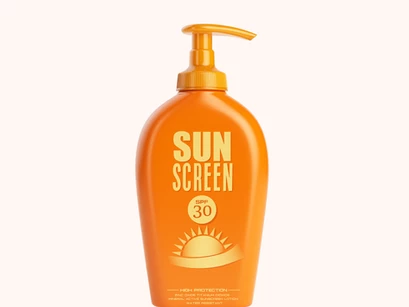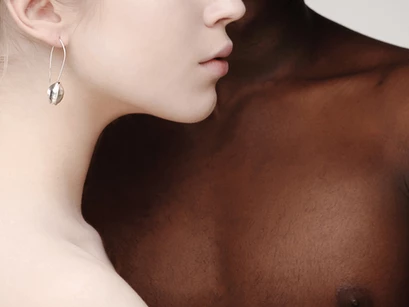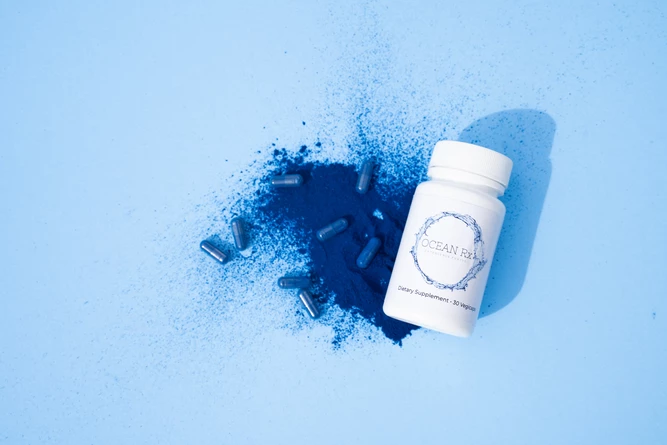Updated: Sep 18, 2020
By Leighanne McGill, PA-C
Fresh manicures add the perfect “polish” to any look. Nail salons are increasingly offering a wide variety of services, from traditional manicures to longer-lasting gel-based or dip-powder polishes. Improper treatment of nail anatomy during the manicure process can leave you with more than just beautiful polish and designs. Here are my recommendations for protecting your nails from damage while visiting a salon or DIY at-home spa.
Look for “five free” nail polishes.
These polishes do NOT contain any of the following: toluene, formaldehyde, formaldehyde resin, camphor, dibutyl phthalate. The ingredients mentioned above can be irritating to the nails and dangerous to the wearer. Formaldehyde is a common cause of irritant dermatitis on eyelids.
Avoid cuticle manipulation.
Our cuticles are needed to protect our nails, and ideally, should be left alone, which means no pushing cuticle back, nor cutting cuticles. Trimmed cuticles have an increased risk of bacterial infections in the nail. Pseudomonas is a type of bacteria commonly implicated in nail infections because it lives in sinks, and causes unsightly “green nail syndrome.”
Use your tools.
This way, you can ensure that your nail care tools will go through a full sanitization process before and after use.
Do not use tools to clean underneath the nails.
It can cause onycholysis or separation of the nail bed from the nail plate. Separation of the nail bed from the nail plate leaves space for opportunistic yeast to grow.
Protect the skin before the use of gel polish curing lamps.
Gel manicures are in vogue because of their long-lasting shine and resistance to chipping. Regardless of whether the polish-curing light is called a “UV lamp” or “LED lamp” — ultraviolet radiation is being emitted. LED bulbs can be more dangerous because of the amount of UVA they emit. The light from these lamps can cause photodamage (read: brown spots and wrinkles in the skin). Case reports have indicated a type of skin cancer called squamous cell carcinoma associated with the use of polish-curing lamps. Thankfully it is easy to prevent damage from gel manicure lamps. Products such as YouVee Shield block UV light while still allowing polish to dry. Applying sunscreen 20 minutes before light exposure is another simple way to protect your skin.
Hydrate.
Last but not least, don’t forget to moisturize your hands daily, and after every handwash. With the increasing use of hand-sanitizers and handwashing habits, the skin can lose moisture, which can compromise the barrier. A compromised barrier can lead to skin cracks, which are an open invitation for germs and infections!
It is vital to find a nail technician you trust to follow these best practices. I recommend communicating your needs at the beginning of the salon appointment to ensure mutual understanding. Following the above recommendations are a great way to ensure success with both at home and professional manicures.
Diva Tip: Remember, Germs are everywhere! Keep in mind that hand-sanitizers do not kill all types of germs, whereas washing hands reduces the amounts of all kinds of bacteria and viruses. Bottom line: Both are effective for reducing the risk of infection.
Ms. Leighanne McGill is a Board-Certified Physician Assistant specializing in dermatology. She practices at the Dermatology and Laser Center of Chapel Hill in Chapel Hill, North Carolina. Leighanne believes the highest quality of care and best patient outcomes occur when patients and providers make decisions together using evidence-based methods and treatments. Her passions include all areas of medical and cosmetic dermatology. Follow Leighanne on Instagram @LRMpaDerm and Tiktok @skininthegame



